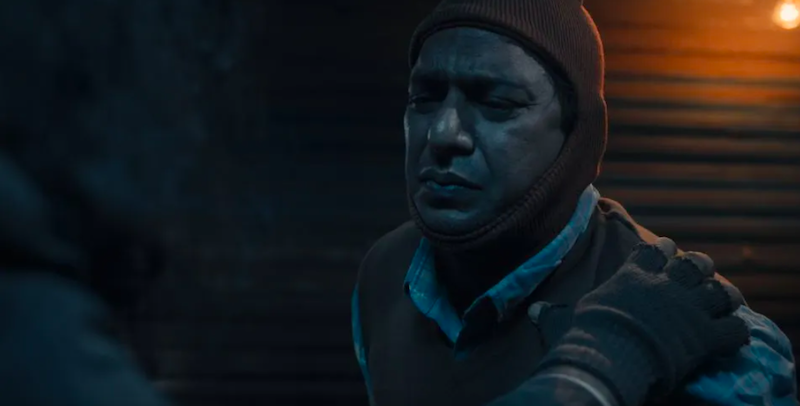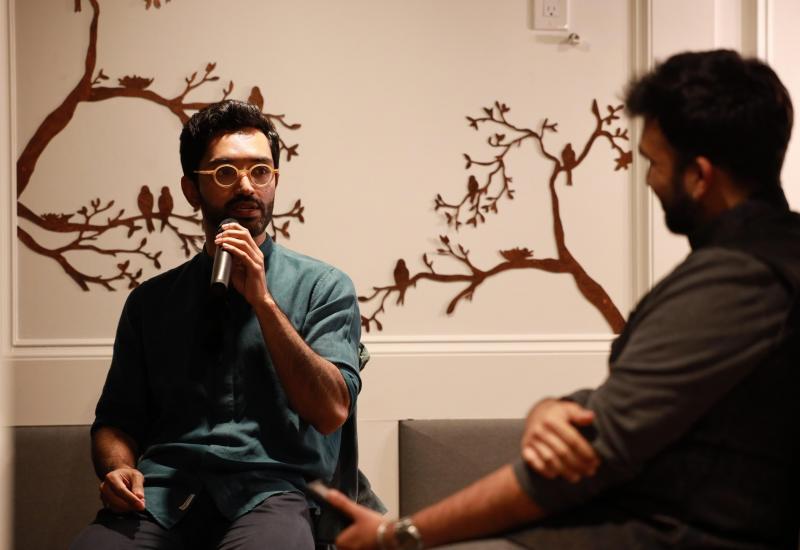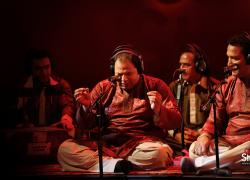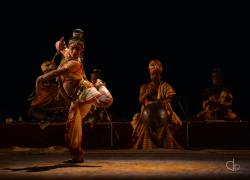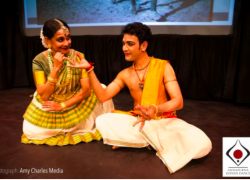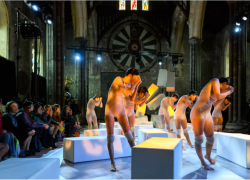PETT KATA SHAW – interview with director Nuhash Humayun
The Raindance Festival this year sees the UK Premiere of Bangladeshi filmmaker Nuhash Humayun's feature debut PETT KATA SHAW, a modern revival of Bangladeshi folk tales. This haunting film comprises four shorts that have been skilfully woven into an anthology film – and with characters including nefarious jinns and petnee – fish-hungry wenches, it is ideal viewing for Halloween!
Simone Sultana asked Nuhash about about the film.
Simone: Admittedly, I don’t like horrors. I don’t like being in that suspended stomach-churning space. So I did not embrace watching Moshari, the film with which you burst onto the international scene, but it was a prerequisite to interviewing the maker of the first Bangladeshi film to be Oscar-qualified. And I found myself both charmed and impressed (and yes, suspended). And here you are again with four new horror shorts woven together. Is this a genre you like watching as much as making? Is it in fact the genre you would categorise your films – as there seem to be sub-plots which are as much about the human condition as the cloak of spookiness they arrive in?
Nuhash: I have an overactive imagination – I can't sit through a horror film if I'm alone or if it's nighttime. It's almost easier for me to make a horror film than watch one. Horror works best when it's rooted in real fears. With both Moshari and Pett Kata Shaw, we delve into our fears as a society – not just ghosts and monsters.
Also, just look around. Open a newspaper or go online. The world is filled with horror, now more than ever. If an iota of that horror isn't reflected in cinema, then what's even the point of making a movie?
What is the story behind the making of these stories?
Pett Kata Shaw is inspired by the ancient tales of Bengal. Tales we hear from grandmothers on a chilly winter night, wrapped in a blanket with our cousins – probably under a moshari (mosquito net). That's the atmosphere I wanted to capture. It's strange, we have such a wealth of literary horror and folktales yet they aren't well represented in our visual storytelling. I wanted to bring those stories to life and reinterpret them.
We released this as a series in Bangladesh and it quickly found a nice audience in Kolkata as well. Then the Rotterdam Film Festival picked it up as an anthology film. Followed by our North American premiere at the wonderful genre festival Fantasia. And now our UK premiere at Raindance… it’s like the stories have taken on a life of their own. Refusing to die. I made them with a Bangladeshi audience in mind, I never imagined such a rich eclectic festival run.
These Bengali folklore and myths which hang as hair-chilling one-liners, do you yourself believe them and did you or your local crew have any superstition around filling in the back stories where none properly exist? Does your audience need to be susceptible to ‘believing’ or can a film suspend any disbelief for the duration of the screening to be effectively eerie?
When we were filming the story 'No Women Allowed' which features a petnee or fishhag… a creature that has a hunger for fish… a focus-puller from our crew got very opinionated. He used to be a fisherman once upon a time. He claimed our makeup wasn't 'accurate' to the lore, especially the actress's hair. We spent an extra few hours on set covering her hair with literal mud until it lived up to the stories he had heard. I've never in my life had to delay a shoot because of a crew-member’s objection – but I listened. It felt almost spiritual. Interactive. Everyone has a different connection with these myths.
And seeing the love these stories have been receiving from all over the world – I believe the passion we felt when crafting these tales translates across borders and cultures.
Given you are at the cusp of straddling films exclusively for a Bangladeshi audience to ones that will travel abroad, does it affect the nature of your story-telling process?
Let's say you had some late-night shenanigans with some friends. The way you recount that story to your mother at the dinner table may be a little different from how you recount it to your best friend. Our perception of the audience will always affect certain textures of our stories – albeit subconsciously. But all those versions are still my voice – that's all I can ensure.
Your first film we talked about last year, Moshari, was made on a shoestring which pushed your creative box. What were the highlights and challenges in making Pett Kata Shaw – also filmed entirely in Bangladesh and so viscerally bringing alive the region’s culinary specialities, the green of the land, the smells and sounds of dawn and dusk and the characters and homes we are familiar with living in old and new worlds? And, of course, any comments on your use of music, which I know forms part of your creative tool-set.
Avishek and Rakat who composed the music together did a lot of experimenting. In fact I briefed them on the stories before the budget was even locked from the producer end. We used a different South Asian instrument for each story. A harmonium, a sarod, a mondira etc. And all in the same minor scale to create a sense of unity. We wanted to create something unique – what could a Bangladeshi horror film sound like? What can make it local? We can't afford an orchestra but dusting off an old harmonium and manipulating its sounds can work wonders.
When working on low budget productions like this, limitations often become assets. When I was writing the scripts, I wrote elaborate descriptions for monsters…I wrote in special effects shots… none of which we had the resources to include. So, we turned the stories into paranormal human dramas. It became about haunted people instead of the monsters haunting them.
Now that I think of it - I wouldn't have it any other way.
Pete Kata Shaw will be at the Raindance Festival in London on 31st October.
Nuhash's horror short Moshari was the first Bangladeshi film to be Oscar® qualified. Find out more here.
Simone Sultana is an economist, increasingly mixing photography and visual story telling to the strategy & governance work she engages in – on issues ranging from climate to corruption, worker rights to sustainability.

